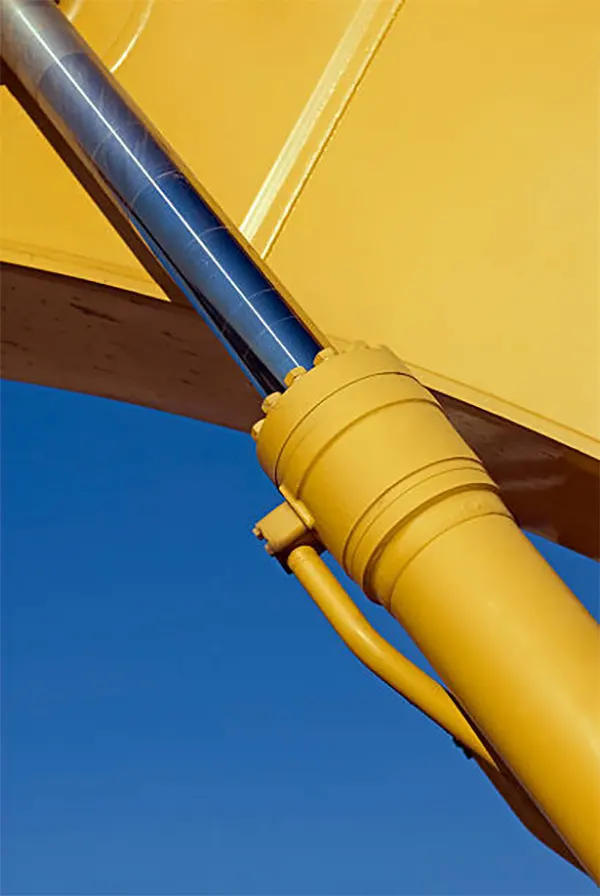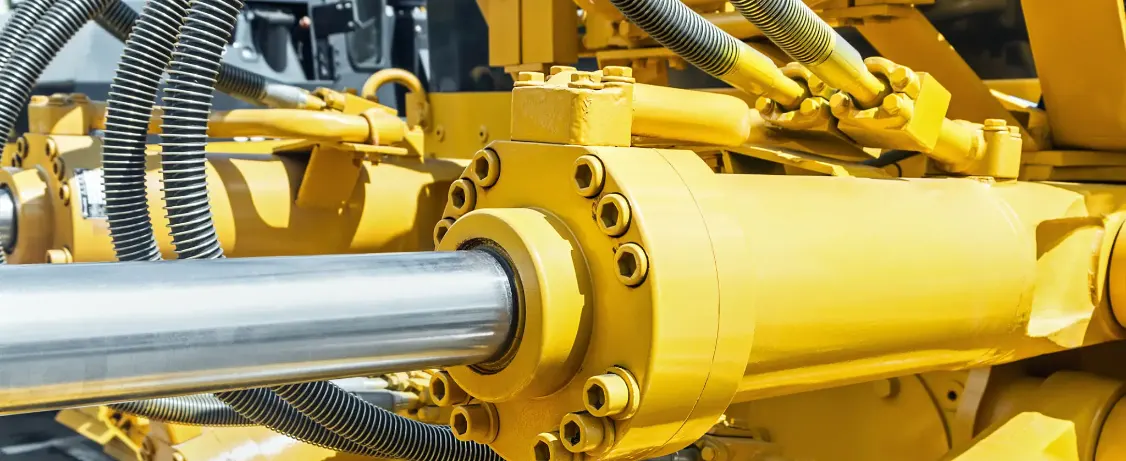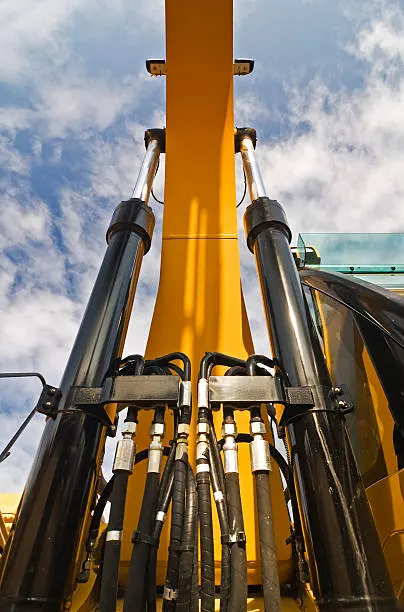Forklift Cylinder
The forklift cylinder serves as the powerhouse within a forklift's hydraulic system. This cylindrical component stores pressurized hydraulic fluid, essential for the smooth lifting and maneuvering of heavy loads. Employing a piston-driven mechanism, the cylinder's controlled release of this pressurized fluid enables precise lifting and lowering actions, ensuring stability and safety during operations. Typically constructed with durable materials, these cylinders endure rigorous usage in industrial settings. Their reliable performance contributes significantly to the efficiency and effectiveness of forklift operations, showcasing their pivotal role in facilitating seamless material handling tasks across warehouses, factories, and various other logistical environments.


The forklift cylinder operates on the fundamental principle of hydraulic force transmission. It comprises a hydraulic cylinder containing a piston connected to the forklift's lifting mechanism. This cylinder is filled with hydraulic fluid. When the forklift operator activates the lifting mechanism, a pump sends pressurized fluid into the cylinder, pushing the piston upward. As the piston moves, it raises the forks, allowing for the lifting of heavy loads. The pressure created by the hydraulic fluid is crucial; it's transmitted uniformly, ensuring balanced lifting and lowering motions. Control valves regulate the fluid's flow, managing the lift's speed and direction. Releasing the pressure via the valves enables the forks to descend smoothly. This hydraulic system harnesses Pascal's law, where the pressure applied to the fluid inside an enclosed system is transmitted undiminished to all parts of the container, facilitating efficient and controlled lifting operations in forklifts.
Forklift Cylinder Principle

Roles of Forklift Cylinder
A forklift cylinder is a crucial part of the hydraulic system, responsible for lifting and lowering loads. It operates through a hydraulic process.
Hydraulic Fluid
The cylinder contains hydraulic fluid, typically oil, stored under pressure within the cylinder.
Lifting and Lowering
The forklift operator controls the flow of hydraulic fluid. When the operator activates the controls to lift the forks, valves open, allowing pressurized fluid to move to one side of the cylinder, pushing the piston upward. This action raises the forks.
Piston Mechanism
Inside the cylinder, there's a piston connected to a rod. When pressure is applied to the hydraulic fluid, it acts on the piston, creating force.
Controlled Movement
Precise control of hydraulic fluid flow regulates the speed and accuracy of lifting and lowering, ensuring safe and controlled movements of heavy loads.
Forklift Hydraulic Cylinders
Forklift hydraulic cylinders power lifting and tilting mechanisms, using pressurized fluid to raise, lower, and tilt the forks. These robust components provide precise control and strength for handling heavy loads, crucial in forklift operations for efficient material handling and adapting to various work environments.


What Are The Main Cylinders On A Forklift?
Forklifts typically have two main types of cylinders in their hydraulic systems.
These two cylinders, in conjunction with the hydraulic system, enable the forklift to perform various lifting and maneuvering tasks efficiently.
Lift Cylinder
This cylinder is responsible for raising and lowering the forks. It operates by extending and retracting to move the forks up and down.
Tilt Cylinder
The tilt cylinder controls the angle of the forks. It allows the forks to tilt forward and backward, aiding in the positioning and placement of loads.
